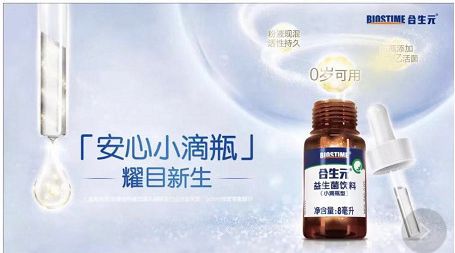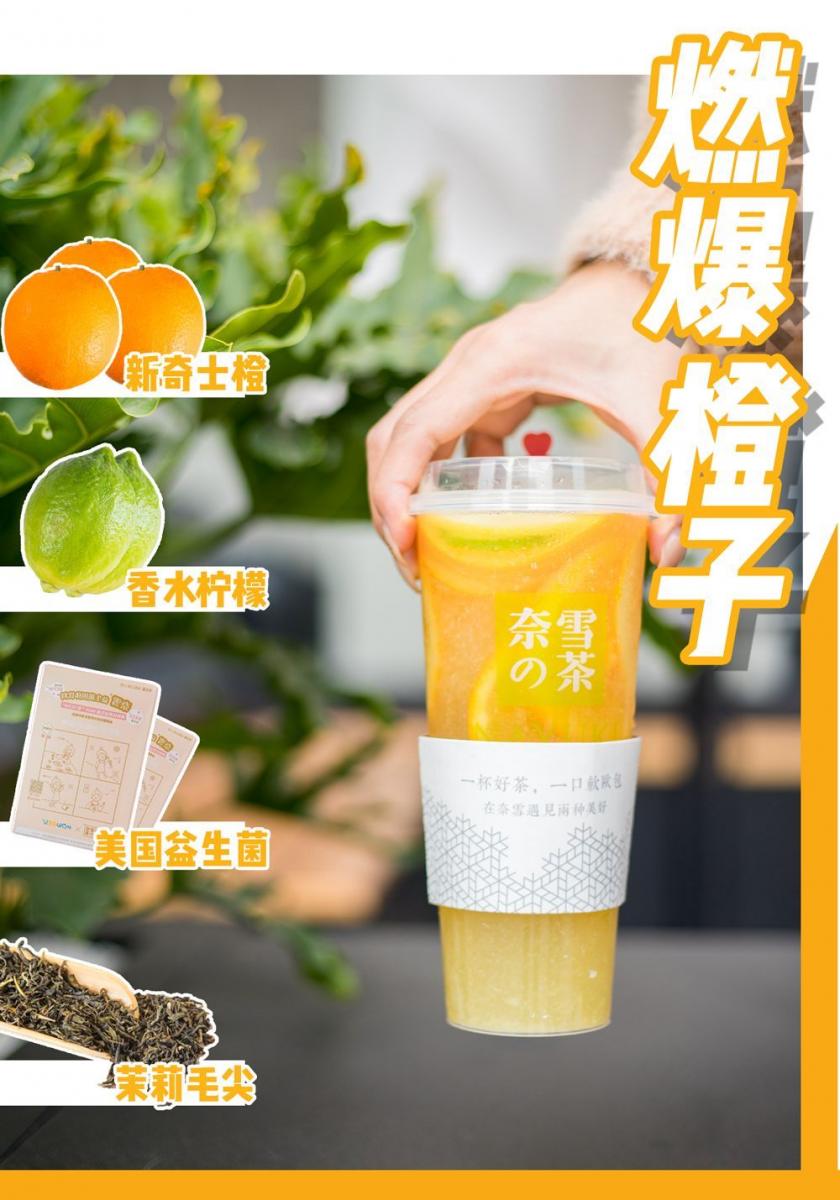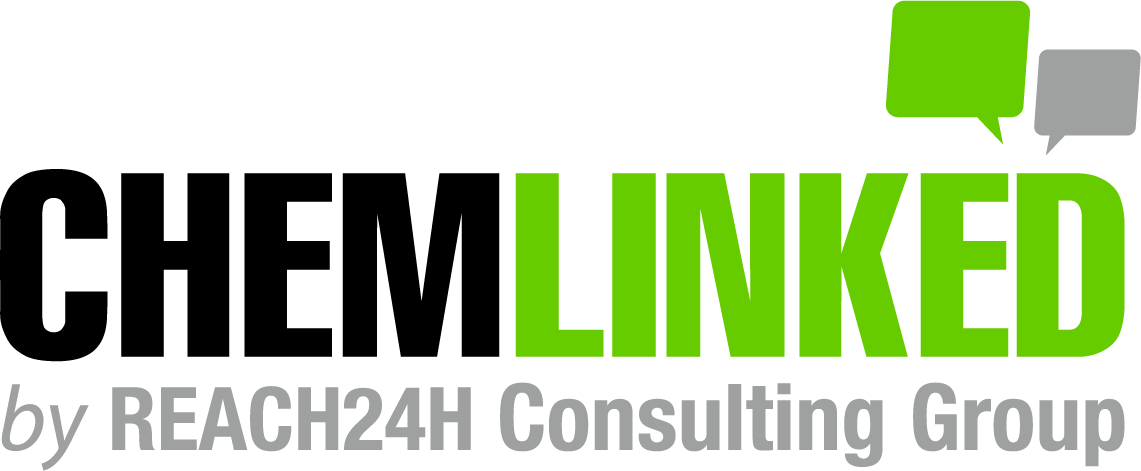In recent years, the global probiotics market has developed rapidly. According to Euromonitor, the global market for probiotic products (including supplements and probiotic yogurt) in 2017 was about US $36 billion. The value of China's market was about 45.5 billion yuan (the US $6.47 billion), which is expected to grow to 89.6 billion yuan (the US $12.75 billion) in 2022[1].
This trend is primarily being driven by an increased awareness amongst Chinese consumers of the role gut health plays in overall wellness. The sector is also thriving in a supportive policy environment in which government has earmarked key sectors including the food sector as a fundamental part of its Healthy China 2030 Plan and the National Nutrition Plan (2017-2030).
Consumption of probiotic foods is associated with a host of benefits, including improved nutrient absorption due to improved intestinal health, enhanced immunity, improved appetite, improved GI motility, and a host of other benefits.
So far, probiotics have been widely applied in dairy products, beverages, health foods, infant formula, and snacks. As product development scope continues to diversify, we are seeing novel applications and delivery methods hitting the market every day, which is leading to greater segmentation and even greater awareness of probiotics amongst consumers.
Probiotic drops
The market of probiotic supplements for infants and children has grown particularly fast in recent years in China. According to Euromonitor's data, the market share of probiotics for infants and children in the overall probiotics market is expected to rise from 34.8% in 2015 to 48.4% in 2019[2].
Biostime, one of the earliest probiotics supplement brands for infants and young children in China, rolled out its probiotics drops for newborns from 0 to 6 months in September 2019. Six thousand four hundred mothers applied to test during the pre-launch phase, and we are expecting the product to perform well once marketing efforts begin to convert to sales.
Probiotic yogurt
According to Qianzhan Industry Research Institute, 78.4% of China's probiotics products were in the form of fermented dairy products in 2018. In recent years, many dairy enterprises have rolled out probiotic yogurts, some of which even have health food certifications and use labeling claims and label graphics indicating improved digestion and improved GI motility.
China's high-end yogurt brand CLASSY KISS rolled out its functional yogurt ENJOY ONE HOUR AFTER MEAL in 2016. The name of the product and the marketing are designed to guide consumers to use the product one hour after a meal. The product uses bifidobacterium, which has been shown to improve gut health by reducing the numbers of potentially pathogenic commensal species and fostering growth of beneficial bacteria. Another associated function is improved immunity. CLASSY KISS has done well over the last three years, especially from January to September in 2019, during which the sales of ENJOY ONE HOUR AFTER MEAL increased by 87%, according to Kantar Consumer Index[3].
CLASSY KISS has done well over the last three years, especially from January to September in 2019, during which the sales of ENJOY ONE HOUR AFTER MEAL increased by 87%, according to Kantar Consumer Index[3].
Probiotic beverage
Japan's Yakult has dominated the mainland market for more than a decade since its formal entry in 2002[4].
Popular tea stands and coffee chains such as Nayuki, Luckin, and HEYTEA have successively launched tea drinks containing probiotics, and are also selling probiotics fruit teas, and even milk tea containing probiotics.
In 2018, Nayuki launched an orange-flavored probiotics tea drink. For 4 yuan more than the standard drink, consumers can add 2 grams of probiotic powder to their drink. Sales of probiotics have doubled every month, according to a company spokesperson[5]. In response to these excellent sales, the company has doubled down on investment in the area and is launching new probiotics products to meet the growing demand for healthy, low-sugar, and low-fat drinks. HEYTEA has gone a different route and has teamed up with Yakult to launch its probiotics tea drink. The product has garnered massive attention on Chinese social media, especially among young people due to its creative combination of pomegranate seeds, oolong tea, and Yakult.
HEYTEA has gone a different route and has teamed up with Yakult to launch its probiotics tea drink. The product has garnered massive attention on Chinese social media, especially among young people due to its creative combination of pomegranate seeds, oolong tea, and Yakult.
Milk tea vendors and the products they peddle are generally perceived as high in fat and sugar. Adding probiotics, which is believed to be able to increase intestinal peristalsis and even inhibit sugar absorption, is helping offset some of the negative connotations of milk teas and sweetened teas.
Probiotic goat milk powder
China's goat milk powder market is a high growth segment of the infant and toddler foods segment, as evidenced by an increase in market value from 300 million RMB to 8 billion RMB over the last several years with forecasters predicting the market to top 10 billion yuan in 2020. Goat's milk is perceived as being highly nutritious, easy digestible, and easily absorbable. It is precisely these properties that has driven demand for goat milk powder in China, to the point where overall growth in the segment now significantly outpaces cow-based dairy. Given the synergy between the goat's milk and probiotics, many companies have opted to use them to differentiate their products further and target the ultra-premium niche.
For example, Kabrita of Ausnutria, a leading brand in China's goat milk market, unveiled its new product, Yingjia, during CIIE 2019. The new product is a premium goat milk powder for adults. The product line has two products, one which contains both probiotics and prebiotics and is aimed at people suffering from digestive problems. The other product is fortified with calcium and selenium and is designed for people at risk of osteoporosis.
Probiotic snacks
According to market research consultancy firm Innova, new innovative healthy snacks are hitting the markets in higher numbers than ever before[6]. Consumers are looking for healthy and satisfying snacks that can support their energy levels and help buffer them from the harmful effects of increasingly demanding lifestyles.
Kellogg's launched a new brand Hi! Happy Inside, which offers new "three-in-one" cereal snacks featuring probiotics, prebiotics, and fiber, helping consumers improve digestion and keep their digestive systems on the healthy track.
Challenge
Although China's probiotics market offers excellent opportunities, the sector is somewhat constrained by several limiting factors. The critical factor are the inherent technical capacity limitations of China’s domestic probiotic manufacturers. Put another way there is a lack of local access to live cultures, most of which must be sourced overseas. China is heavily dependent on foreign countries, with some data estimating 90% dependence, with up to 100% dependence in segments such as yogurt and other fermented dairy products[7].
In the market of probiotics raw materials in China, DuPont of the United States is the largest enterprise, accounting for 49% of the market, followed by Denmark's CHR HANSEN, accounting for 36% of the market[8]. The market share of domestic enterprises is relatively small, and their competitiveness is relatively weak.
Against this background, leading domestic dairy enterprises have embarked on developing their IP and have invested heavily in research and development of novel probiotics strains. Yili Independently developed its strain, Bifidobacterium lactobacillus BL-99, and in September 2019, Mengniu also released their first strain M8, which are probiotics derived from Chinese breast milk, with independent intellectual property rights.
Opportunities
Song Liang, a senior dairy analyst, predicts that going forward, we will see probiotics drive even further segmentation in the value-added dairy segment[9]. As new strains are developed and commercialized, we expect companies to invest heavily in showcasing their IP as crucial product differentiators. Value-added dairy segments like fortified yogurts, protein yogurts, Kefir, etc. will continue to grow. We also expect emerging segments like goats milk yogurt, Kombucha, fermented fruit and vegetable juices and other exciting takes on the probiotics and prebiotics theme to gain greater traction.
Disclaimer: All photos are from website.













